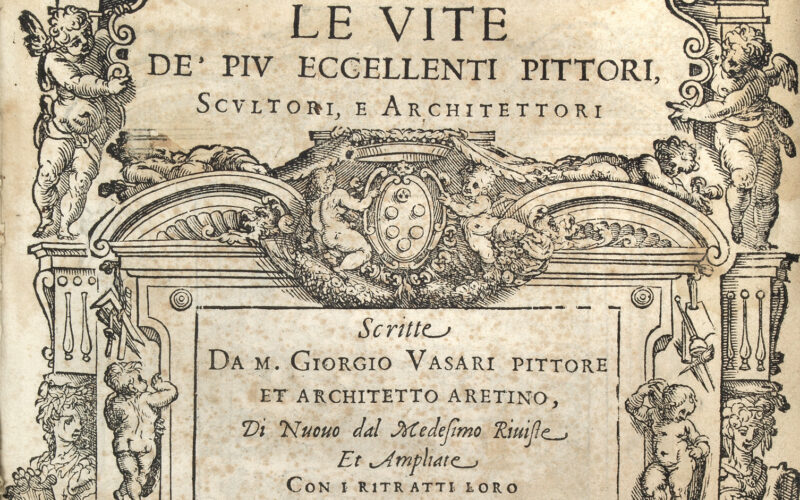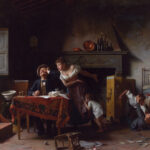Giorgio Vasari’s masterful work, “The Lives of the Most Excellent Painters, Sculptors, and Architects,” stands as a fundamental reference point in the Renaissance art scene, offering a lens through which to examine the lives of the masters who shaped this period. With captivating writing and keen observation of details, Vasari constructs a detailed fresco, narrating not only about greats like Leonardo, Michelangelo, and Raphael, but also about other artists who, though less famous, significantly influenced Renaissance art. His work goes beyond mere cataloging of artistic feats, delving into the depths and ambiguities of characters populating this extraordinary period of cultural history.
While Vasari shows unconditional admiration for the masters he writes about, his text is not free from issues that generate debate and scrutiny. His inclination to merge personal anecdotes and biographical details into the narrative has been a source of division among experts, with some criticisms raising doubts about his objectivity and historical accuracy. Contemporary academics have questioned the historical precision of his statements and how his personal preferences might have colored his descriptions. These aspects remind us that “The Lives” is as much a narrative masterpiece as it is a reliable chronicle, intertwining the author’s subjective perspective with his mission to record history.
Vasari’s approach to biography is notably invasive, penetrating beyond the artistic surface to explore intimate and occasionally scandalous details of the artists’ lives. This emphasis on the private might be seen as “artistic gossip,” but it adds narrative depth that offers an insightful look into the motivations and desires fueling creativity.
A striking example of this “gossipy” style is his treatment of the life of Giovanni Antonio Bazzi, known as Il Sodoma. This nickname, born from events in his personal life that have been widely debated, continues to permeate his artistic reputation, casting an ambiguous and intriguing light on his legacy.
Rumors about Bazzi’s sexual orientation have largely contributed to the perpetuation of his nickname. Nonetheless, it is crucial to remember that the social and cultural conventions of the Renaissance significantly impacted how personal relationships were perceived and interpreted. Examining such claims requires careful consideration, including our contemporary conceptions of identity and sexual orientation. Differentiating legitimate criticisms from observations distorted by the prism of our times is an exercise that requires discernment and an openness to the historical context in which Vasari and his subjects lived.
The label of “Sodoma” has impacted how the artist has been viewed throughout art history. This association might have contributed to overshadowing his artistic talent and limiting the opportunities offered to him. However, it is crucial to evaluate Bazzi’s art based on its intrinsic quality and its impact within the Renaissance art scene.
Vasari’s work provides a window into how rumors and gossip can influence an artist’s perception over the centuries. It is important to remember that the interpretation of artists’ personal affairs must be approached with sensitivity and awareness of historical biases. Ultimately, Bazzi’s work deserves an assessment based on his creativity and contribution to art, beyond the epithets and stories that have circulated over time.
It is essential to note that the concept of “gossip” can vary in historical and cultural context. While some parts of Vasari’s work might seem overly focused on personal aspects, such details can add color and humanity to figures often idealized. In this sense, Vasari’s work acts as a spokesperson for an era where artists’ lives and artistic creation were closely intertwined, reflecting the attention placed on the individual behind the artwork.
Therefore, to define Vasari as “the greatest gossip of his time” might be an oversimplification. So, while some parts of Vasari’s work can be questioned, his enduring impact as a chronicler of the tumultuous lives and breathtaking works of the Renaissance masters remains indisputable.












